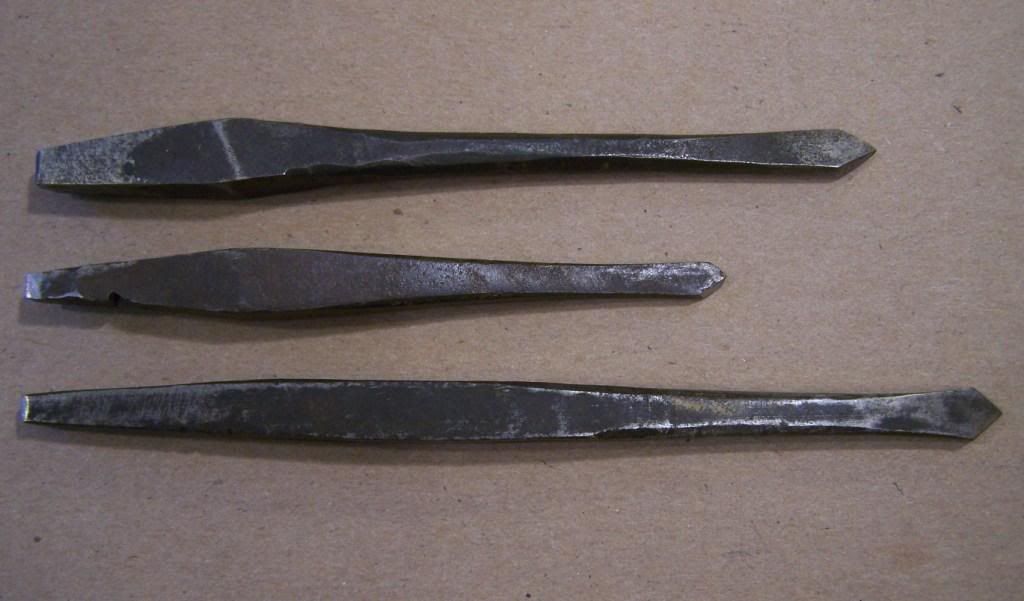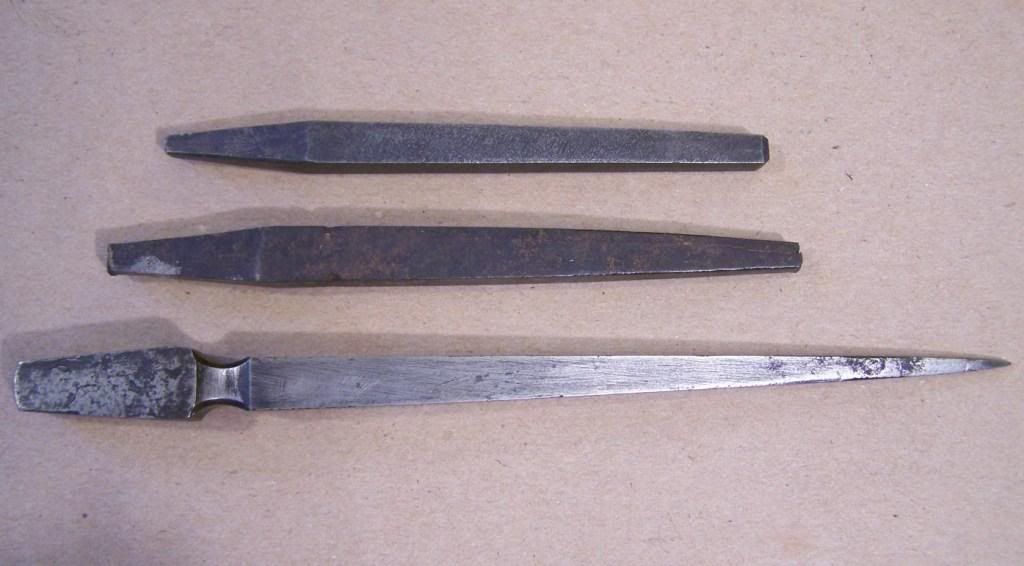Guys,
I need some help with research on the HDTDT (How Did They Do That?) for gunlock making. If anyone out there has information on this, let us know.
The following is an excerpt of a description for the manufacture of the 1816 Musket lock plate at the Harpers Ferry Manufactory
"In this die all the holes are drilled exactly in the position and at the respective distances from each other that they are required to be. The workmen commence by marking the new plate with a drill. This done, they finish the holes, slightly conical. These holes they make cylindrical by means of a tool which they call a “false drill,” used with a conductor, in order that the holes shall be exactly perpendicular to both surfaces. Finally, with a finishing bit they give them their finished size, and afterward “tap” such as are to be screw-threaded."
Durfee, William F. “The First Systematic Attempt at Interchangeability in Firearms.” Cassier’s Magazine 5 (1893-1894):469-477.
So far I know what the tooling looks like to drill the initial hole, I call the tool a "fish tail" drill bit.


The tooling to bring the fish tail drilled hole up to the correct diameter is a tapered square reamer which gives the
"slightly conical" hole described above.

So, my question is: What is the "false drill" mentioned above along with the "conductor"? Apparently this tool would ensure that the hole is truly perpendicular to the lock plate surface and to make the slightly conical hole from the tapered reamer "conical".
Next question: After the fishtail drill bit, the tapered square reamer, the false drill/conductor, what is now the "finishing bit"?
Let us know your thoughts on this. But, please categorize your thoughts as: 1. I know this for sure, 2. I think this is it, 3. This is a W.A.G.
Jim

